Centuries ago a person in the warm waters off the northwest coast of Puerto Rico would have seen an unspoiled vista that included bright blue water, sandy beaches and an explosion of green vegetation onshore. The view today is much the same, except now the waters are filled with surfers taking advantage of world class waves driven by the trade winds.
The wild coastline that makes up Puerto Rico’s World Surf Reserve in Aguadilla is virtually untouched by the urban sprawl that has taken over the rest of the island, and that is no accident. It is the result of fortuitous location next to a military base, where development was banned, and the efforts of locals who have worked hard to keep the area wild, green, and untouched.
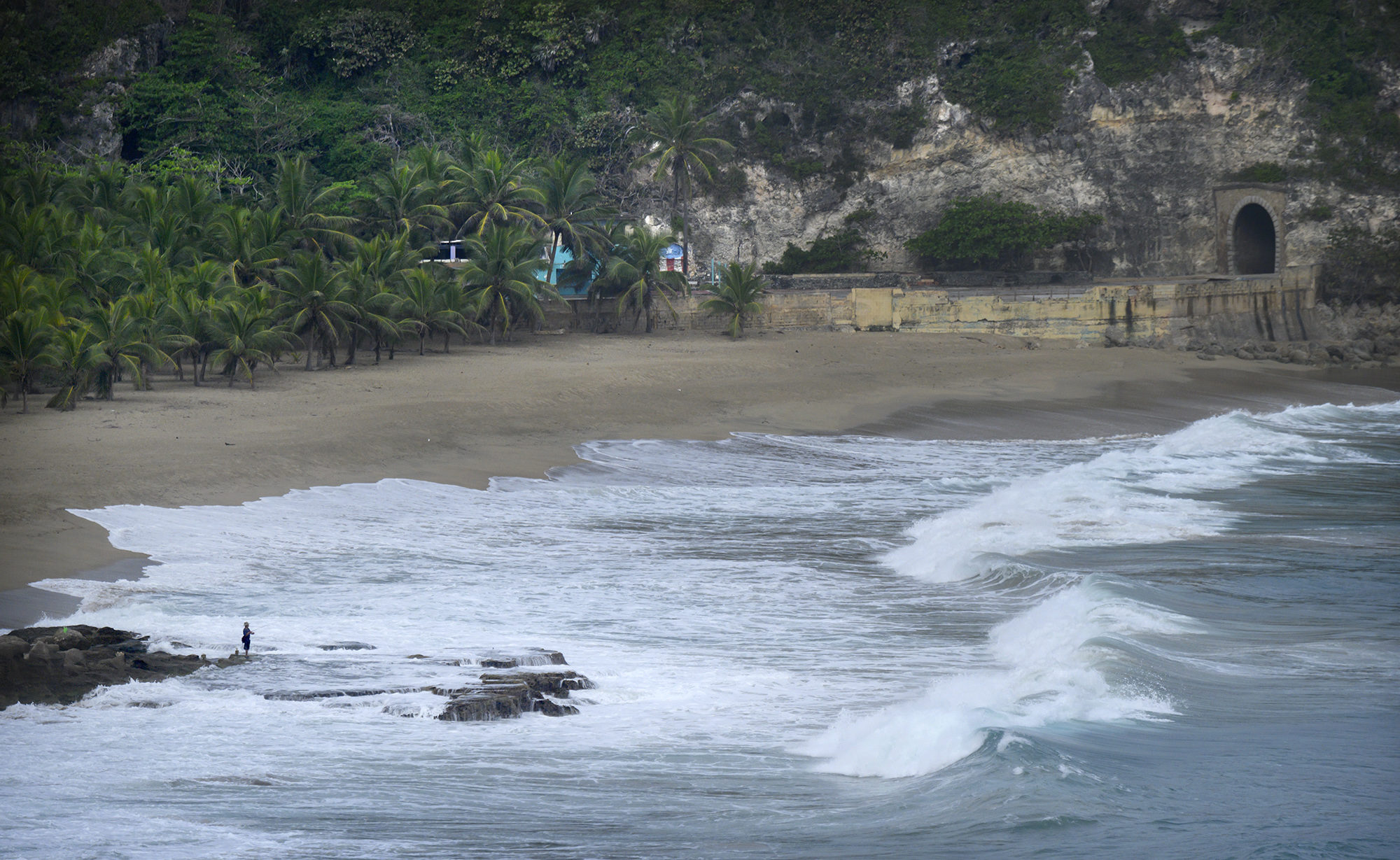
The Punta Borinquen area was designated as a World Surf Reserve in 2018 by the Save the Waves Coalition. The 8 kilometer reserve stretches around the northwest corner of the island starting from Surfer’s Beach on the north and ending at Crash Boat Beach in the west. While the designation protects the waves, the land beyond the beach is still vulnerable to development.
Aguadilla is a municipality in the northwest corner of the island that is part of the second largest metropolitan area on the island based on population. Aguadilla encompasses a series of small communities starting in the north at the Rafael Hernández International Airport, including the former Ramey Air Force Base, down to Aguadilla Pueblo in the southwest. The airport is now second only to San Juan’s airfield as the largest international civilian airport on the island. The reserve is called Punta Borinquen, a derivative of the original name given to Puerto Rico by the indigenous Taíno people.
“Why we wanted to have the World Surf Reserve is, even though that mostly focuses on the ocean, the waves themselves, it does eventually help protect the land,” said Kathy Hall, a marine biologist and president of a regional environmental preservation group called Liga Ecológica del Noroeste.
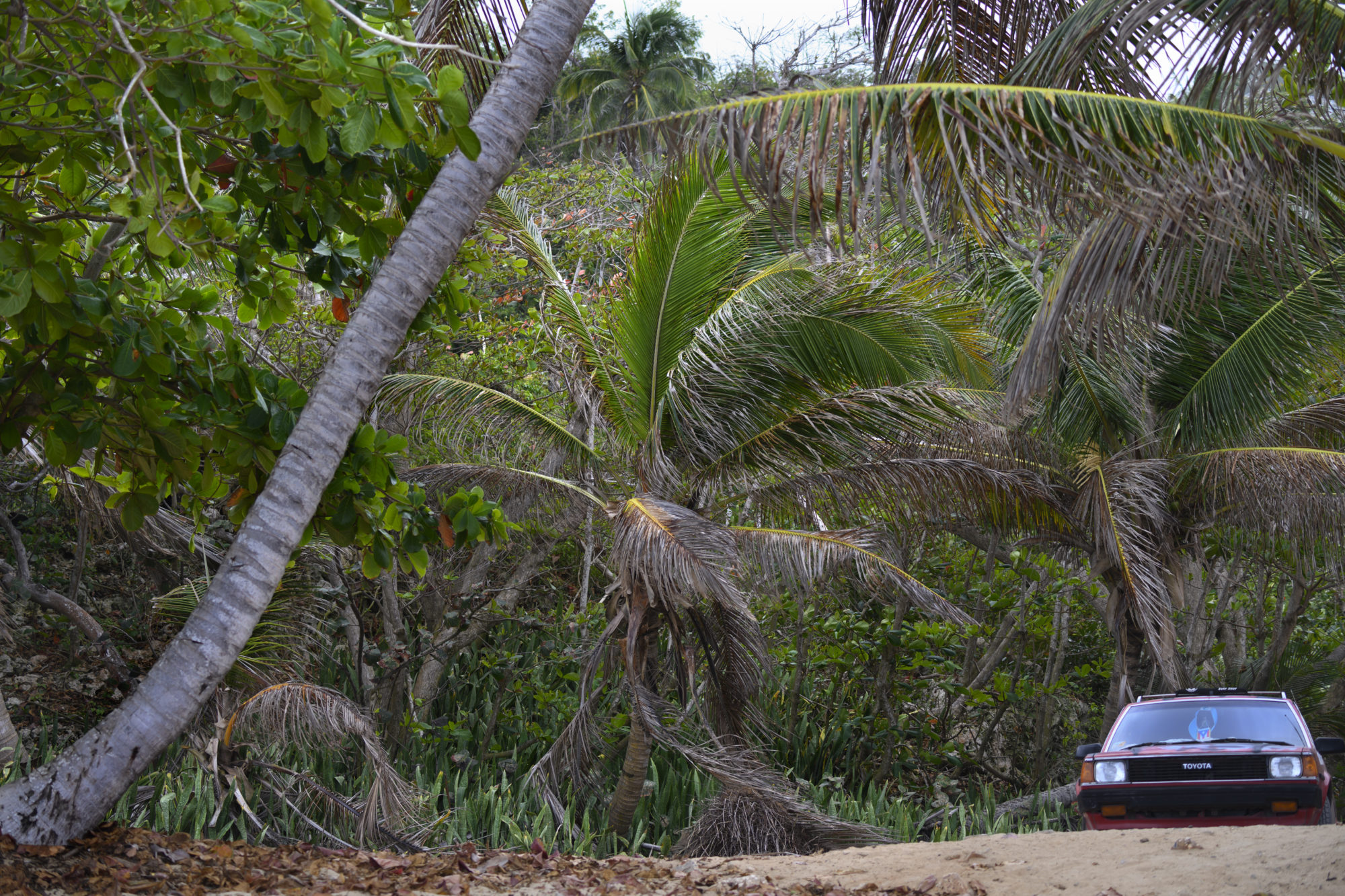
About 20 years ago, a proposed tourist attraction threatened this undeveloped area. The Christopher Columbus Landing Resort — a massive hotel complex and casino would have enveloped Aguadilla’s pristine coastline. The development was stymied in the 1990s by court battles and local opposition.
The civilian use of the Rafael Hernández International Airport had been the catalyst for the proposed complex.
“The German doctor who wanted to develop that first Christopher Columbus Landing giant mega resort, he was coming here on vacation and he flew into Aguadilla Airport and he saw that land and said ‘Oh, this is the perfect place to develop,'” Hall said.
Tensions simmered in the community. Some locals thought the resort would bring jobs and more tourism to the area. Critics, including Hall, disagreed and argued that the development would be detrimental to the environment.
“They said stuff like ‘I’m a plumber and I’ll get to work there” and somebody else would say ‘yeah I’m a carpenter,'” Hall said. “They thought they would be helping build this thing.”
She said that in her experience, developers tend to bring in the least expensive labor they can find, rather than paying the prevailing rate for local workers.
Later, an online petition opposing the development was signed by nearly 35,000 people. But in 2016, a new developer revived the Columbus landing project.
Enter Gerardo Lebrón. He’s the founder of the non-profit Olita, an organization focused on breaking families out of the poverty cycle. In 2016, he established a local stewardship council (LSC) compromised of engineers, marine scientists, local non-profits, surfers, and other members of the community. He charged the council with creating an ocean reserve to provide long-term protection for the area.
To create the reserve, the stewardship council approached the Save the Waves Coalition, which describes itself as “a global nonprofit organization dedicated to protecting coastal resources through a unique combination of protected areas, economics and direct action.” Specifically, under the World Surfing Reserve program, Save the Waves seeks to protect environments with spectacular surf spots and waves all over the world. Surfing areas that have cultural, historical, and economic values to the community are given special consideration.
The Punta Borinquen area is home to a wide array of plant and animal species, a watershed, artifacts from Puerto Rico’s indigenous Taíno population, historic lighthouse ruins, rocky cliff areas and a number of world class surf hubs.
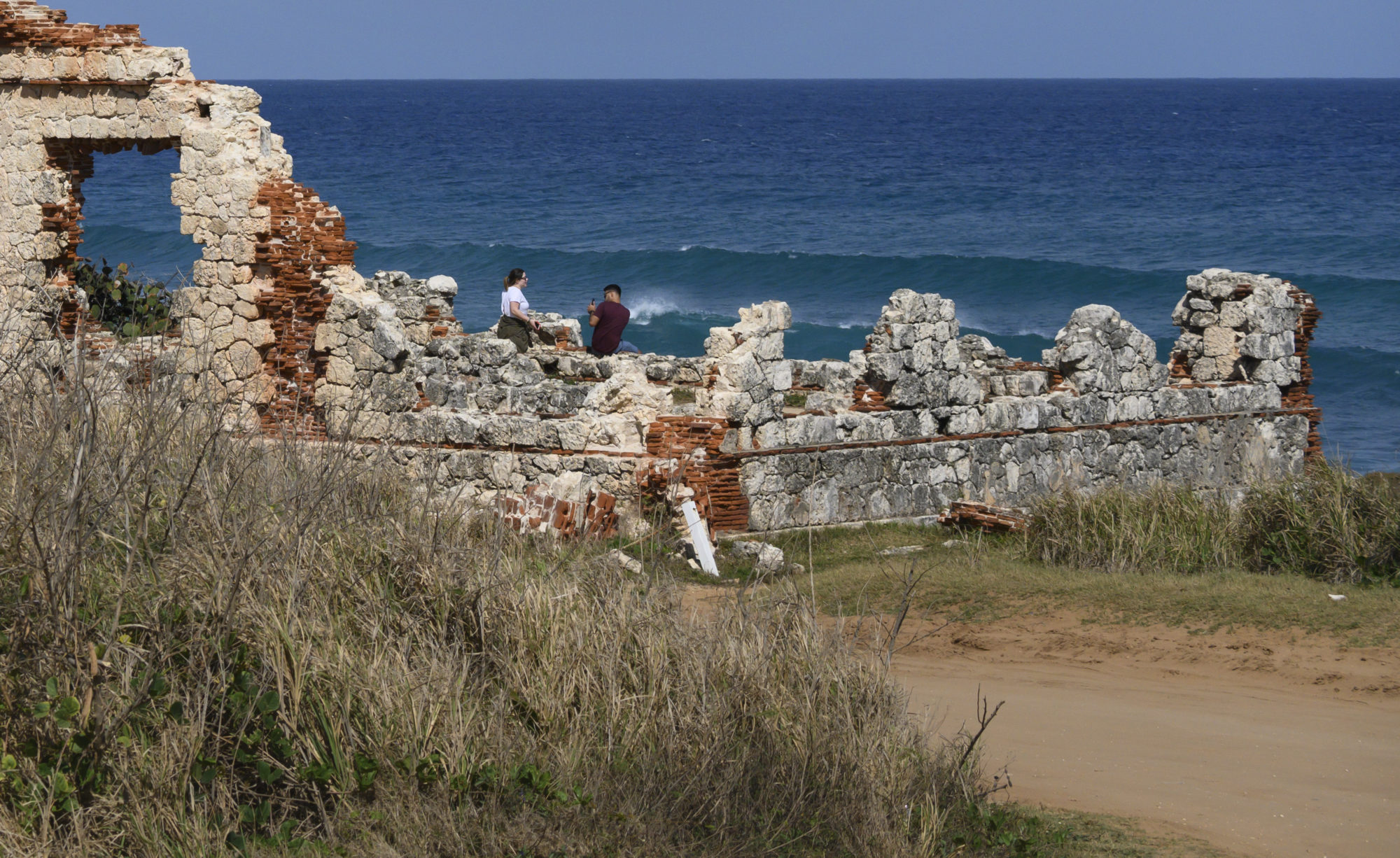
Puerto Rico’s world class surfers, like Patagonia Surf Ambassador Otto Flores, say the waves at Punta Borinquen are as good as any in the world.
“I think the way that Aguadilla is shaped and the different variations of wind that it captures is incredible for surf,” Flores said. “The designation has 8 kilometers of waves and I’d have to say that there’s at least five world class waves on their best day there that could rival anywhere in the world.”
The high opinion of Puerto Rico’s waves is shared by Canadian tourist Jan Enderslev, a Montreal native. Enderslev says he began river surfing near his home and is used to wearing a 4 milimeter wetsuit to stay warm. Standing on Jobos Beach just east of the surf reserve he says he is there because “I heard it was the surfing mecca of the Caribbean.”
He represents exactly the kind of tourist that the surf reserve founders are hoping to attract to provide an economic boost to the region.
Enderslev is sold on surf in Puerto Rico.
“Definitely come to this area, from what I see they did pretty well after the hurricane, they’ve rebuilt quite well and it’s actually beautiful coastline and everything — shops, boutiques, coffeeshops,” Enderslev said.
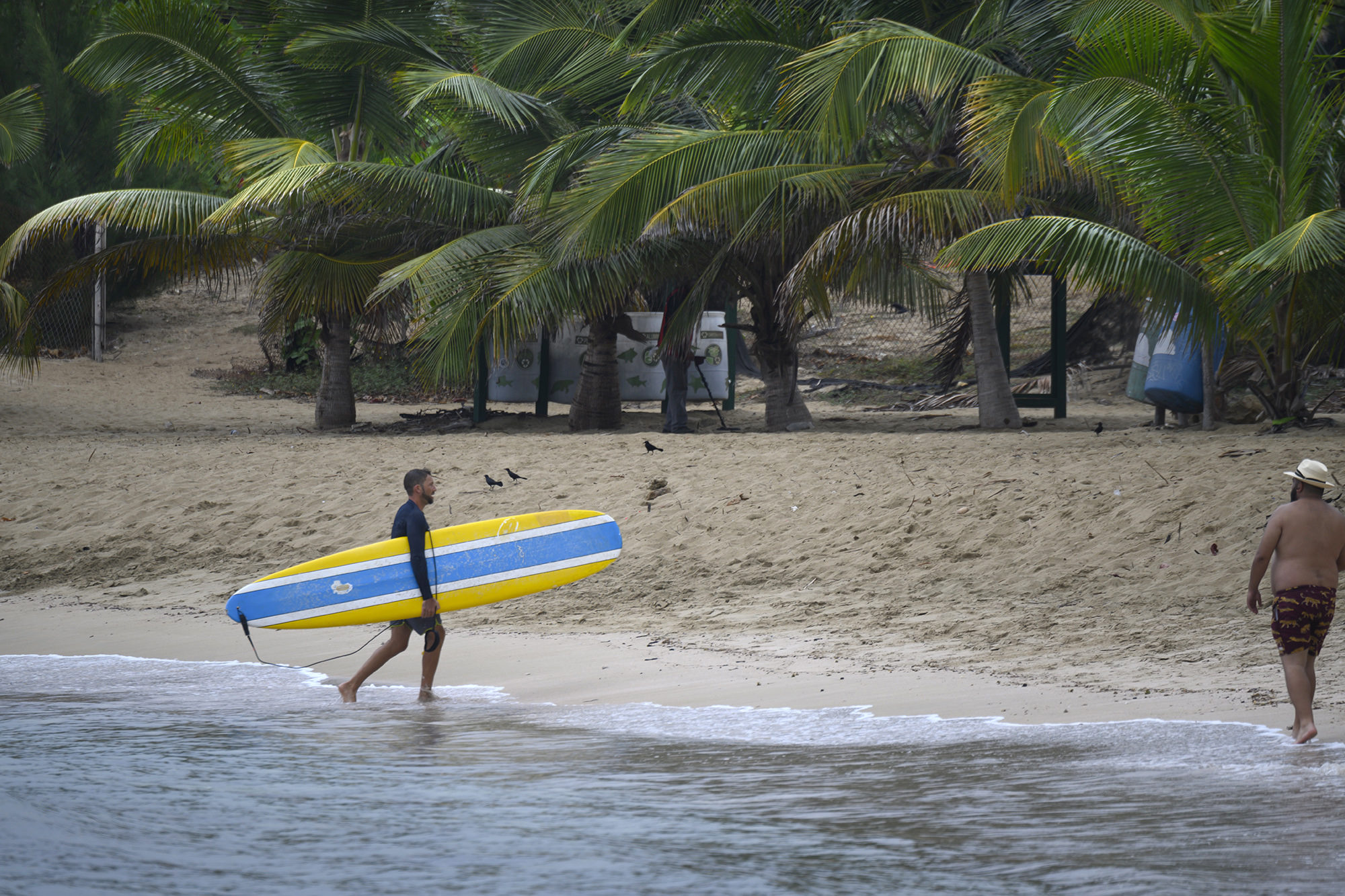
The US military presence not only helped to protect Aguadilla from development, but personnel from the Ramey Air Force Base helped bring surfing to Puerto Rico.
“The North American military came and with them came part of the culture of surfing,” said Hector Tito Valera, a surfing enthusiast and marketing professor at the University of Puerto Rico, Aguadilla.
The surf culture thrived over the years especially at the beaches on the northwest side of the island. Since the 1960s, Puerto Rico has hosted many international surf competitions on the island, including a peak moment in 2010 when surfing legend Kelly Slater recorded his 10th world title at Middles Beach in Aguadilla.
With interest in surfing on the rise and the threat of development on the horizon, the local stewardship council prepared to submit their proposal to create a World Surf Reserve. By September of 2017, the stewardship council was ready to make its pitch, but the organizers were not prepared for a natural disaster.
“There was a curveball thrown at us and the name of that curved ball was Maria,” said Flores.
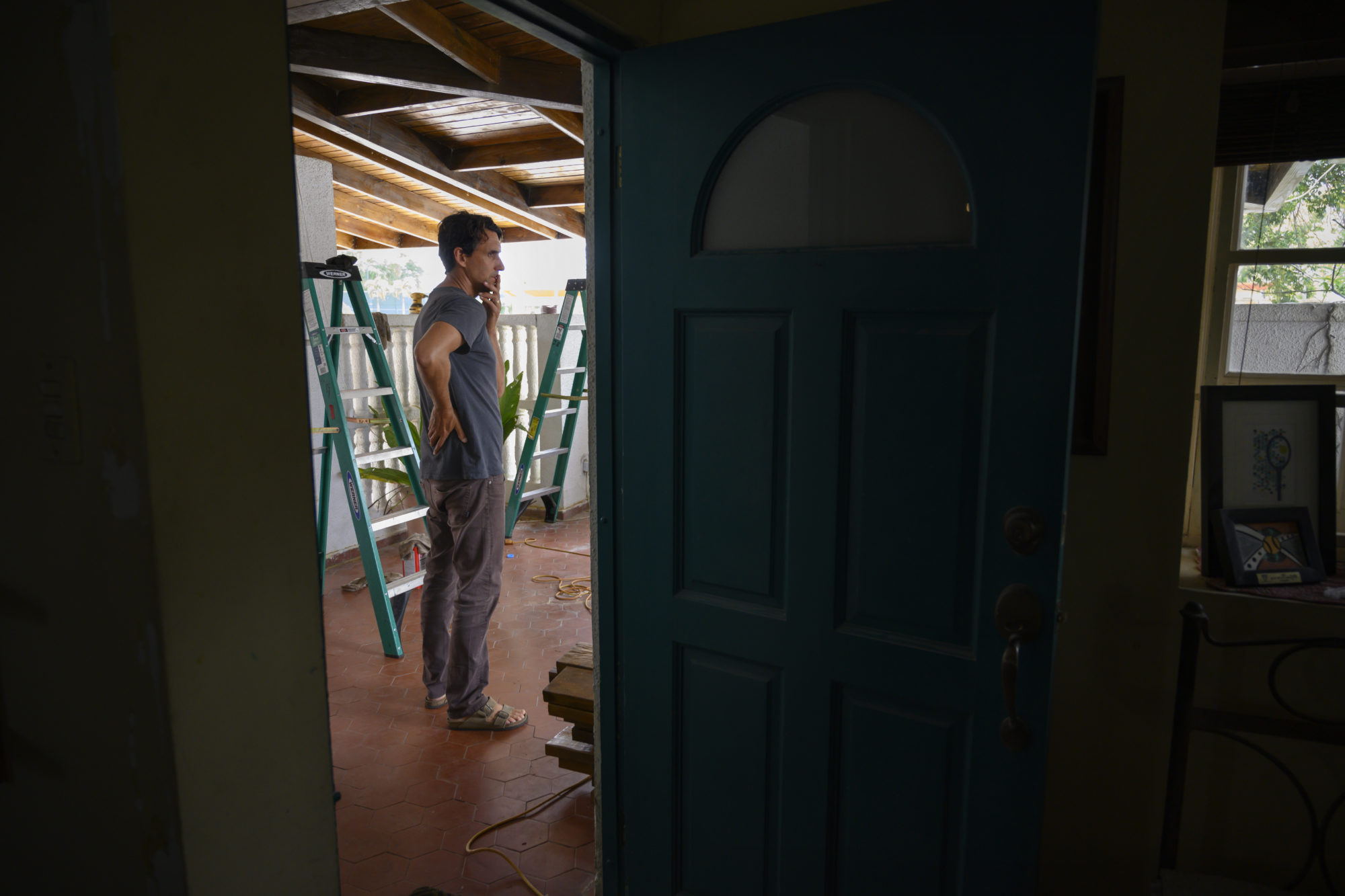
Days before the LSC was supposed to submit its proposal to Save the Waves, Hurricane Maria ravaged Puerto Rico in September of 2017. Maria not only devastated the island, it also cut off communication among council members both inside Puerto Rico and abroad. Working around the obstacles, council facilitator Lebrón managed to reach fellow council members based in California, who were then able to submit their proposal to Save the Waves on time.
Despite the monumental effort, Save the Waves awarded the 10th World Surf Reserve designation to Noosa, Australia. Save the Waves said that although they were impressed by the council’s proposal for the Punta Borinquen area, they were worried about a lack from public officials in Aguadilla and Puerto Rico.
Save the Waves encouraged Lebrón and the stewardship council to rally the government to get behind their proposal. One year later, the stewardship council was able to announce “On September 27th, 2018 the Puerto Rican House of Representatives (Cámara de Representantes de Puerto Rico) recognized, celebrated, and endorsed the Punta Borinquen World Surfing Reserve project.”
Now with the support of local government, the Punta Borinquen area was designated the 11th World Surf Reserve because of the area’s quality and consistency of waves, ecological significance, surfing history and culture, and local support.
Puerto Rico is still recovering nearly two years after Hurricane Maria, but council members like Flores, Hall, and Lebrón say that this designation will inspire the local community to rally behind preservation efforts, sustainable infrastructure development and access to the natural beauty of the island.
In addition to pushing legislation to increase conservation efforts, the stewardship council’s next efforts are focused on providing tangible evidence that the Punta Borinquen World Surf Reserve is contributing to Puerto Rico’s economy.
According to Puerto Rico’s Ocean Economy Data, tourism and outdoor recreation contribute approximately $7.4 billion dollars to the island’s economy. Punta Borinquen advocates are promoting the idea that surf tourism can help create economic opportunities for local restaurants and businesses. Locals like Hall would rather see an expansion of Airbnb housing and eco lodges instead of mega resorts.
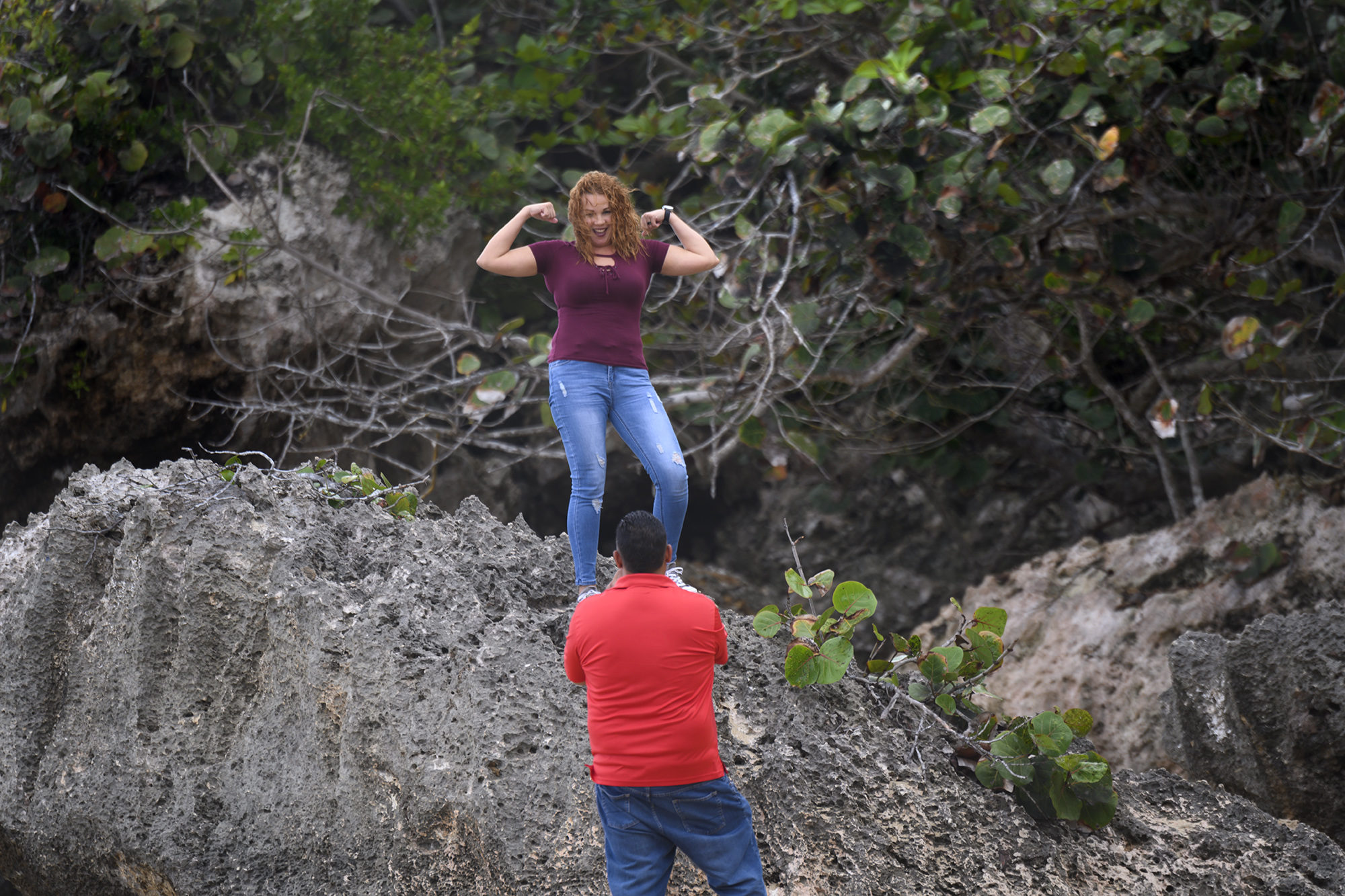
Save the Waves cites a series of case studies called Surfonomics to demonstrate the economic impact of preserving surf areas and promoting an economy built around water sports and recreation. The case studies point to the value of collaborations between the public and private sector, special events and projects, and recreational programs.
The stewardship council is using this data in its fight to stop the development of large hotels and casinos on the northwest side of the island.
Sitting in his home in suburban San Juan, which is still being repaired from the affects of Hurricane Maria, surf ambassador Otto Flores reflected on his role in preserving both the waves and unspoiled scenery in Punta Borinquen.
“Being from Puerto Rico makes it really special. And sleeping in the same country where the waves are so amazing makes it super special. To me since I’ve traveled a lot around the world chasing waves just to sleep in my bed and have incredible world class waves — that is special to me,” Flores said. “Having an island that has so much to offer in terms of surf is a blessing. So thank you to my parents for having me here.”
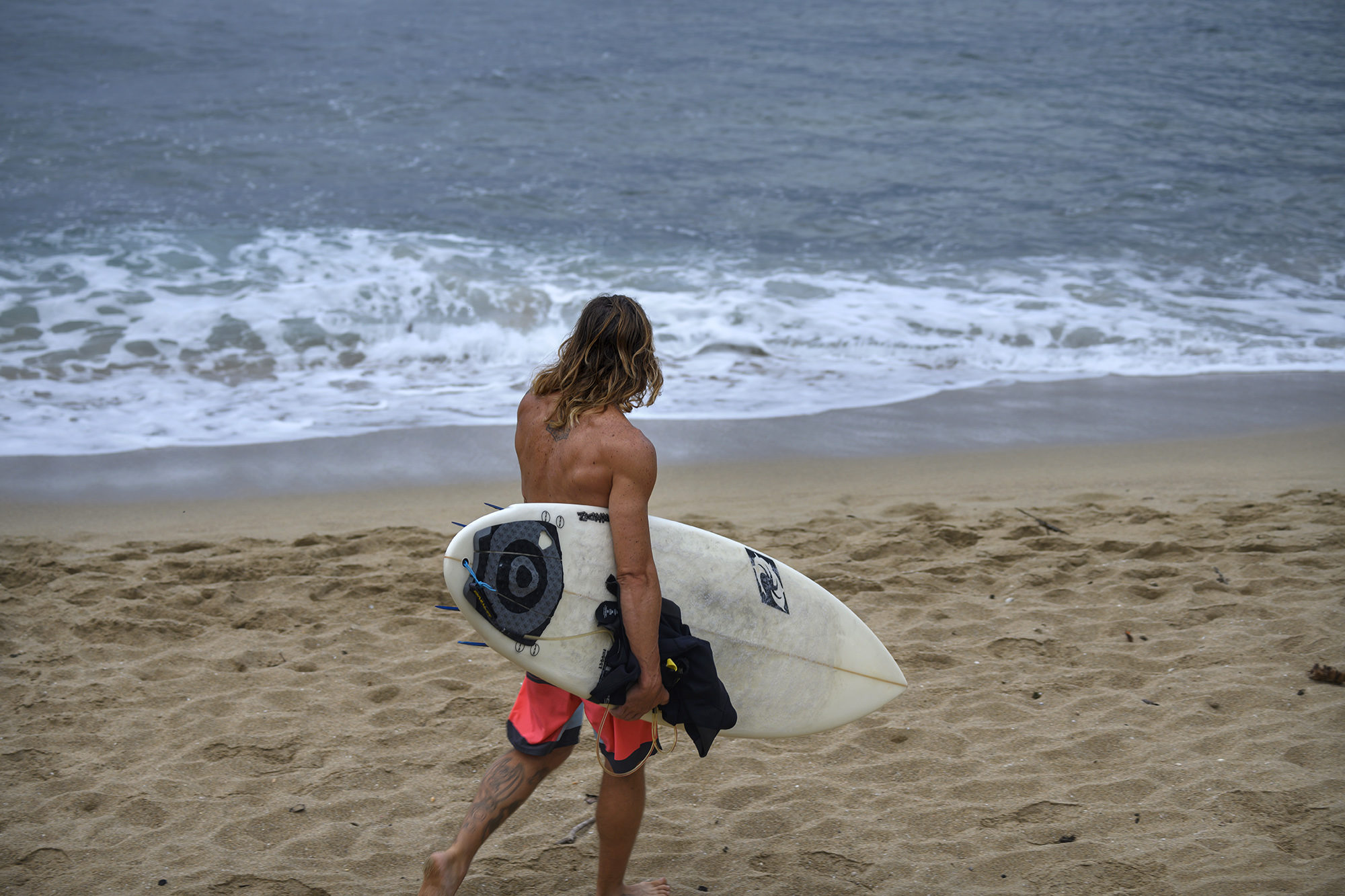
Surf Stories
All of the people who worked to preserve the coastline and create the world surf reserve share their personal surf experiences from the area.
This is amazing! Thank you for putting the story out there!
Hi there I’m one of the leaders of the movement that is currently in Playuela and first one to get arrested for protecting Playuela that’s the name of the community where the beach is … and like you say the reserv does not protect the land on the contrary it brings its value up and now developers are looking how to capitalize on this and with story like this doesn’t help us because you bring attention to the place and developers just want to build a surf resort now !!! So thank but NO thanks !!! … also you need to get your facts straight … if you wish u can contact me !!! Att. Pocho
Very nice video folks.
Great to see my favorite PR beach El Pastillo in Isabela! Not much of a surfing beach but one of the most beautiful beaches on the island. I hope you get the recognition you are seeking.
Great Story. Also there is a group of young Puerto Ricans that are also making a difference. Mario Felipe Torres and Rescate Playas Borinquen have been cleaning and restoring the beaches of Northwest Puerto Rico….Borinquen and Surfer’s beaches have been cleaned, abandoned buildings painted and trees replanted. They are the future of Puerto Rico. Go to their site and see what they are doing and donate to help them continue. As a former resident of Ramey Air Force Base, I have happy to see them maintain the beautiful beaches of Puerto Rico
Hey, there’s a picture of my 82 Corolla here! We must have been at wildo the day you visited!